What Is the Mexican Dish Mole? A Flavorful Journey Through Global Spice Traditions
Welcome to a delicious exploration of one of Mexico's most iconic and complex dishes—mole. Whether you're a spice enthusiast, a culinary professional, or just someone who loves a good meal, this article will take you through the history, ingredients, and cultural significance of mole. Along the way, we’ll share some practical tips, comparisons, and even a few fun facts that will make your next cooking adventure more enjoyable.
Table of Contents
- What Is Mole?
- Types of Mole
- Mole Ingredients: The Secret Behind the Flavor
- Cooking Mole: Tips and Tricks
- Mole in Global Cuisine
- Buying Guide for Mole Ingredients
- Conclusion
What Is Mole?
If you've ever seen a plate of mole on a menu, you might have wondered, “What is the Mexican dish mole?” Simply put, mole is a rich, complex sauce that originates from Mexico. It’s not just any sauce—it’s a blend of dozens of ingredients, including chiles, chocolate, spices, nuts, and fruits, all simmered together into a thick, aromatic paste. The name “mole” comes from the Nahuatl word *molli*, which means “sauce.”
The beauty of mole lies in its depth of flavor. It can be sweet, spicy, smoky, or earthy, depending on the ingredients used. Some varieties are mild and creamy, while others are bold and fiery. Mole is often served with chicken, turkey, or pork, and it’s a staple in many traditional Mexican celebrations.
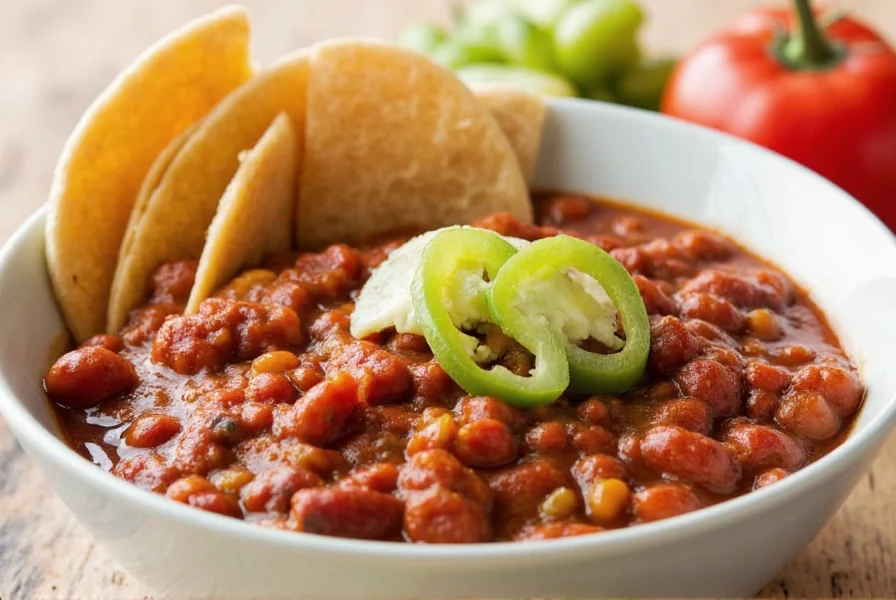
Types of Mole
There are several types of mole, each with its own unique characteristics and regional origins. Here are a few of the most famous ones:
- Mole Poblano: The most well-known type, made with chili peppers, chocolate, and a mix of spices. It’s often used in dishes like *pollo en mole*.
- Mole Verde: A green sauce made with tomatillos, herbs, and avocado. It has a fresh, herbal flavor.
- Mole Rojo: A red sauce made with dried chiles and tomatoes. It’s commonly found in Oaxaca and is known for its deep, smoky taste.
- Mole Negro: One of the darkest and most intense moles, made with dark chiles, spices, and sometimes fruit. It’s a favorite in traditional Mexican households.

Mole Ingredients: The Secret Behind the Flavor
To understand what is the Mexican dish mole, it’s important to look at its ingredients. A traditional mole recipe can include over 30 different components, which may seem overwhelming at first. But don’t worry—we’ve broken down the key elements:
| Ingredient | Role in Mole |
|---|---|
| Dried Chiles | Provide heat and depth of flavor. |
| Chocolate | Contributes sweetness and richness, especially in mole poblano. |
| Nuts | Add texture and creaminess, such as almonds or peanuts. |
| Spices | Include cumin, cinnamon, cloves, and more for complexity. |
| Fruits | Like raisins or plantains, they add natural sweetness. |
| Tomatoes or Tomatillos | Provide acidity and balance. |
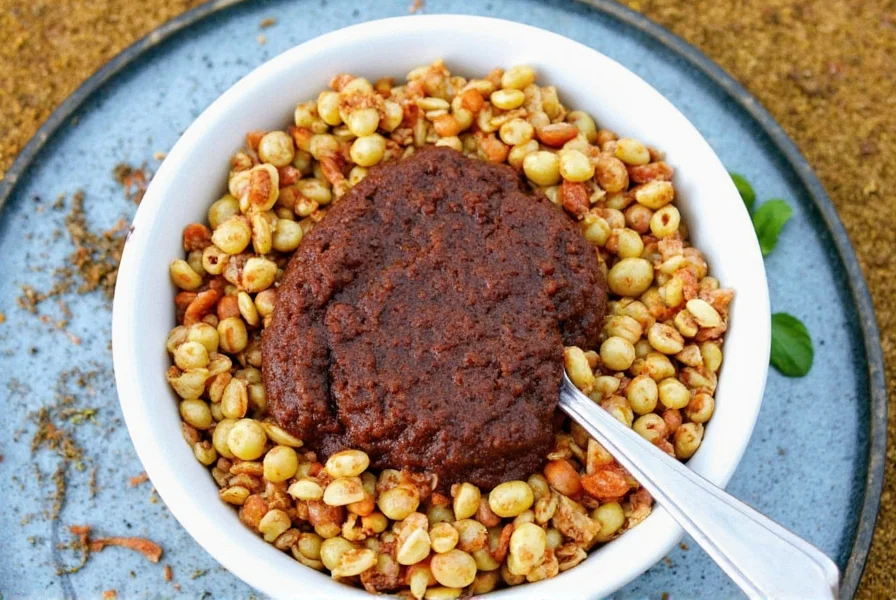
Cooking Mole: Tips and Tricks
Cooking mole can be a time-consuming process, but with the right approach, it’s manageable. Here are some practical tips to help you create a perfect mole:
- Use Fresh Ingredients: Fresh chiles, herbs, and spices make a big difference in flavor.
- Toast the Chiles: This enhances their aroma and depth of flavor.
- Blend Everything Thoroughly: A smooth consistency is key to a great mole.
- Let It Rest: Allowing the mole to sit for a day or two improves the flavors.
- Pair It Right: Mole pairs best with proteins like chicken, pork, or even tofu for a vegan version.
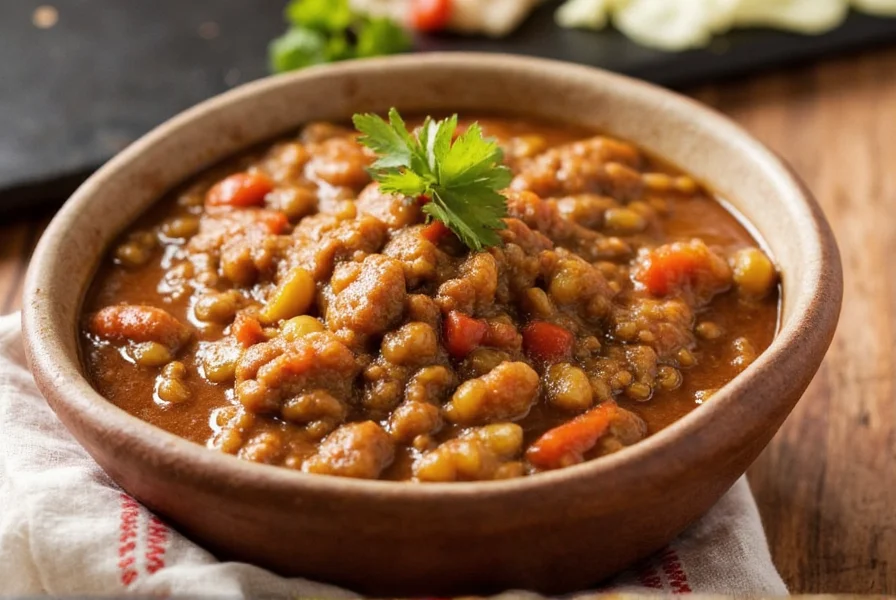
Mole in Global Cuisine
While mole is deeply rooted in Mexican culture, its influence has spread across the globe. Chefs around the world have adapted and reimagined this classic sauce, creating fusion dishes that blend local flavors with traditional mole techniques.
For example, some chefs in the United States use mole as a base for tacos, burgers, or even desserts. In Europe, mole-inspired sauces have been used in gourmet dishes, showcasing the versatility of this incredible sauce.
What is the Mexican dish mole? It’s not just a sauce—it’s a symbol of tradition, culture, and creativity. Whether you’re making it at home or trying it in a restaurant, mole is a must-try for anyone who loves food.

Buying Guide for Mole Ingredients
If you're planning to make mole at home, it's important to choose the right ingredients. Here's a guide to help you select the best products:
1. Dried Chiles
- Features: Available in various types, such as ancho, pasilla, and mulato.
- Advantages: Add heat and depth without bitterness.
- Use Cases: Essential for authentic mole recipes.
- Target Audience: Home cooks and professional chefs.
- Suitable Occasions: Any meal where you want to add warmth and complexity.
2. Cocoa Powder
- Features: Choose unsweetened, high-quality cocoa for a rich flavor.
- Advantages: Adds sweetness and depth, especially in mole poblano.
- Use Cases: Ideal for both sweet and savory mole recipes.
- Target Audience: Anyone who wants to enhance the flavor of their mole.
- Suitable Occasions: Special occasions or holiday meals.
3. Nuts (Almonds, Peanuts)
- Features: Raw or roasted, depending on the desired texture.
- Advantages: Provide creaminess and crunch.
- Use Cases: Used in traditional mole recipes for texture and richness.
- Target Audience: Health-conscious individuals and home cooks.
- Suitable Occasions: Everyday meals or special dinners.
4. Spices (Cumin, Cinnamon, Cloves)
- Features: Ground or whole, depending on preference.
- Advantages: Add layers of flavor and aroma.
- Use Cases: Used in both traditional and modern mole variations.
- Target Audience: Culinary professionals and passionate cooks.
- Suitable Occasions: Any time you want to elevate your dish.
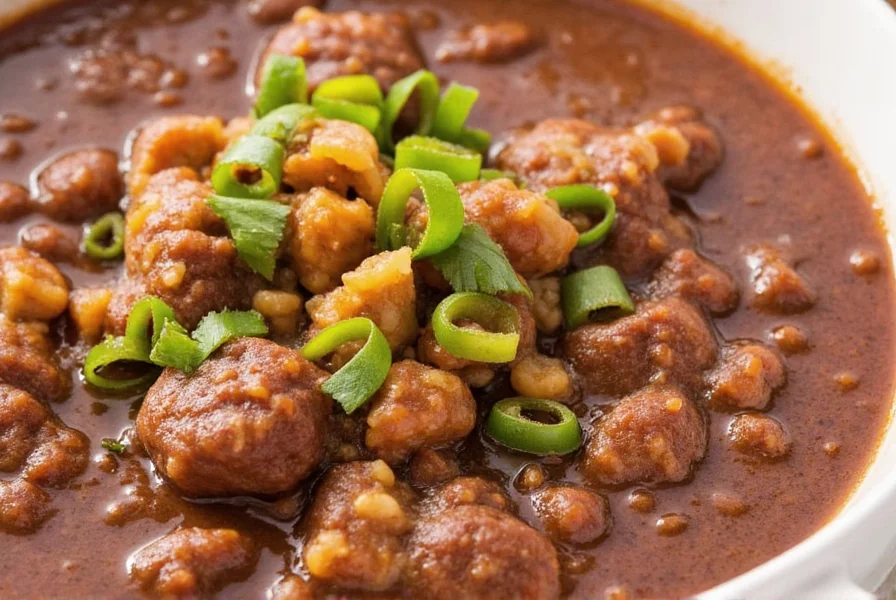
Conclusion
In summary, what is the Mexican dish mole? It's a rich, complex sauce that embodies the heart and soul of Mexican cuisine. From its historical roots to its global influence, mole continues to captivate food lovers around the world. Whether you're trying it for the first time or perfecting your own recipe, there's always something new to discover about this incredible dish.
So, grab your ingredients, fire up the stove, and embark on your own mole journey. Who knows—you might just find your new favorite dish!


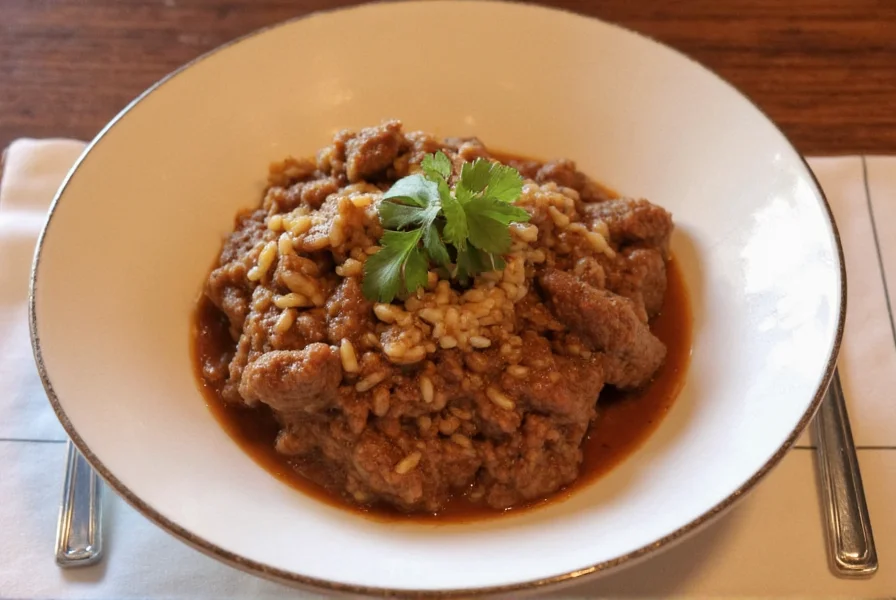









 浙公网安备
33010002000092号
浙公网安备
33010002000092号 浙B2-20120091-4
浙B2-20120091-4